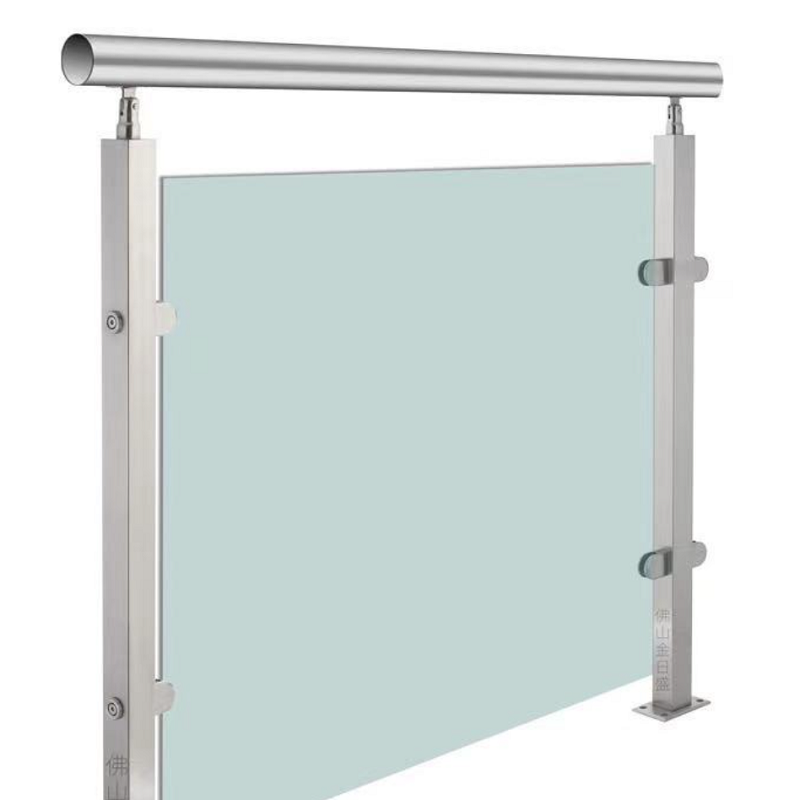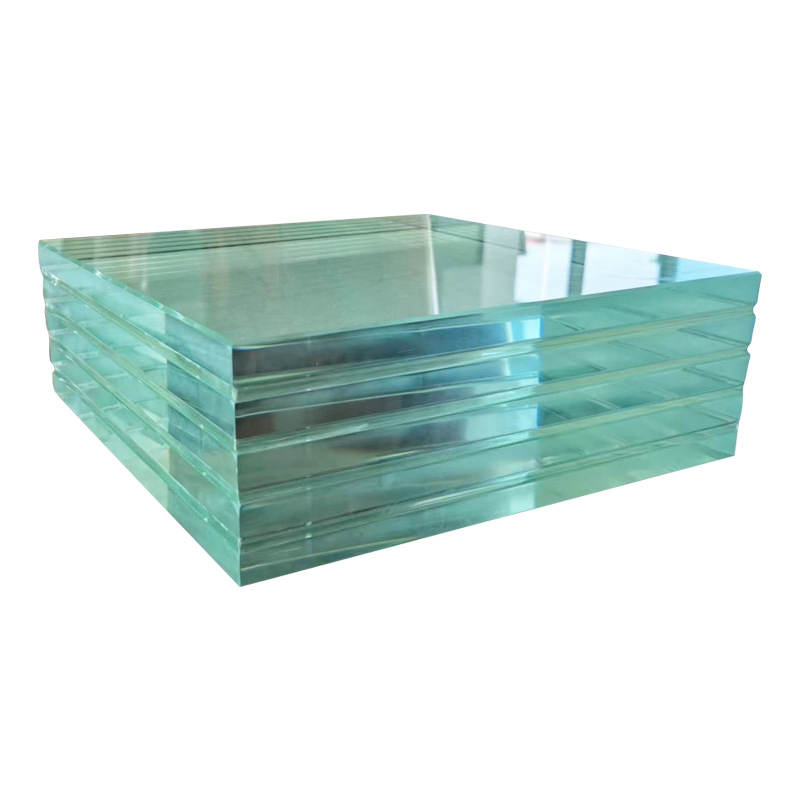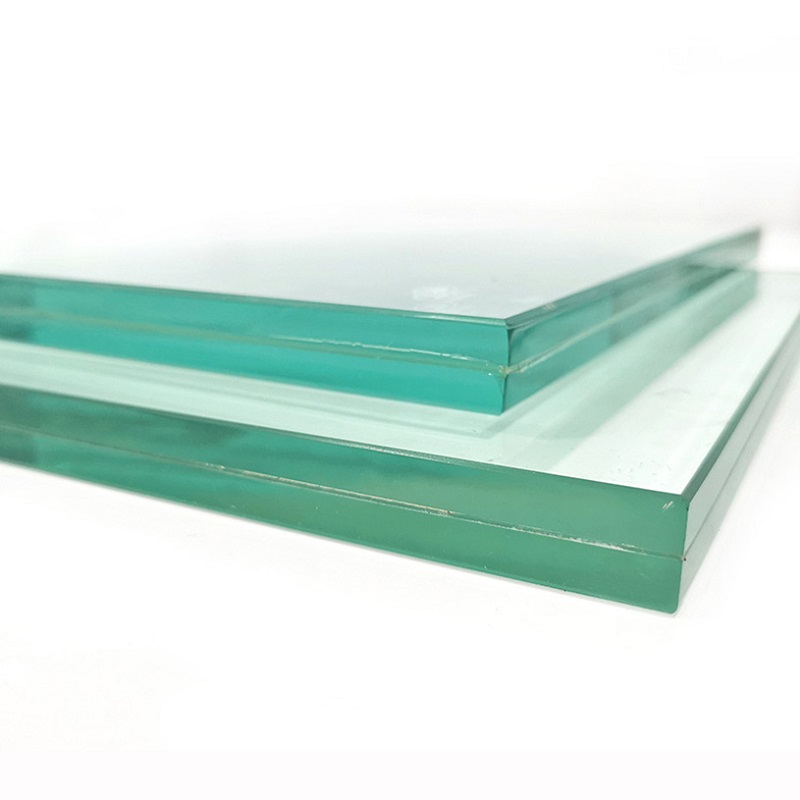Enhancing Energy Efficiency
Glass, with its ability to allow natural light and control solar heat gain, is instrumental in meeting LEED's energy efficiency requirements. Advanced glazing options, such as low-E and IGUs, reduce the need for artificial lighting and heating, aligning with LEED's emphasis on reduced energy consumption.
Promoting Resource Conservation
The selection of glass made from recycled content or produced with sustainable methods contributes to LEED's materials and resources credit. This approach not only conserves natural resources but also supports a circular economy, reflecting LEED's commitment to environmental stewardship.
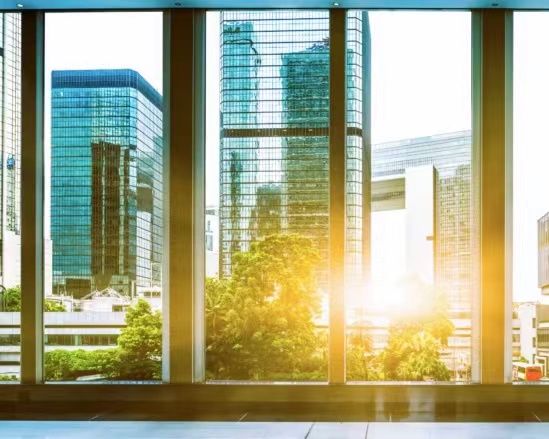
Advancing Indoor Environmental Quality
LEED certification prioritizes indoor environmental quality, and glass plays a significant role by facilitating daylighting and providing views to the outdoors. This enhances occupant well-being and productivity, which are integral to achieving a higher LEED rating.
Integrating with Sustainable Site Development
Glass can be specified to support sustainable site development, such as by reducing glare and providing visual comfort for occupants. This contributes to LEED points in the site development category, showcasing the material's versatility in sustainable design.
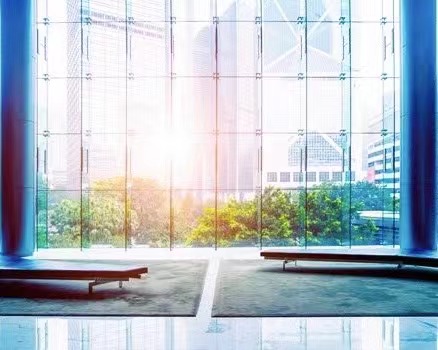
Supporting Water Conservation
Although not the primary focus of glass, its properties can be harnessed to support water conservation strategies, such as through the collection of rainwater for landscape irrigation around the building, which is a LEED-relevant practice.
In the realm of sustainable design, glass is more than a material; it is a solution that helps architects and developers meet the rigorous standards of LEED certification. By focusing on energy efficiency, resource conservation, indoor environmental quality, and sustainable site development, glass use in construction is elevated to a key strategy in creating environmentally responsible and occupant-centric buildings.


